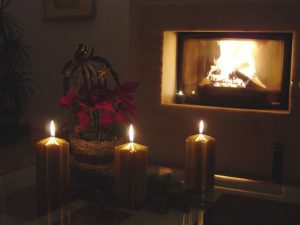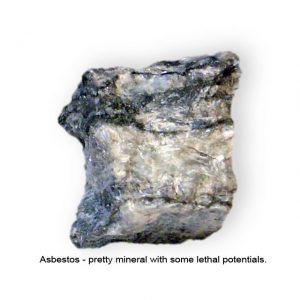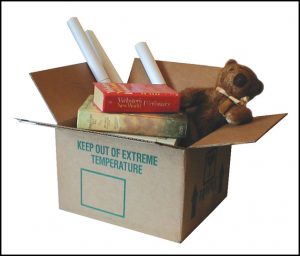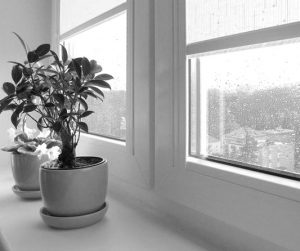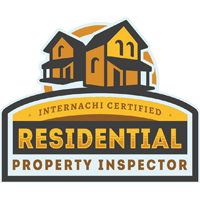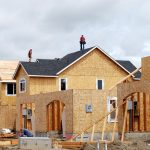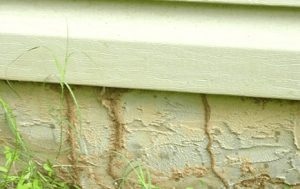
When you schedule your home inspection with Sonoran Property Inspections, we will ask if you want a separate termite inspection done on the home, and we will set that up for you. We thought we would give you a little information about termites – oh, those almost invisible little subterranean pests! In the Phoenix area they are more of a threat than in the Prescott area. Either way, we encourage you to get this add-on inspection done just so you know what you are dealing with.

